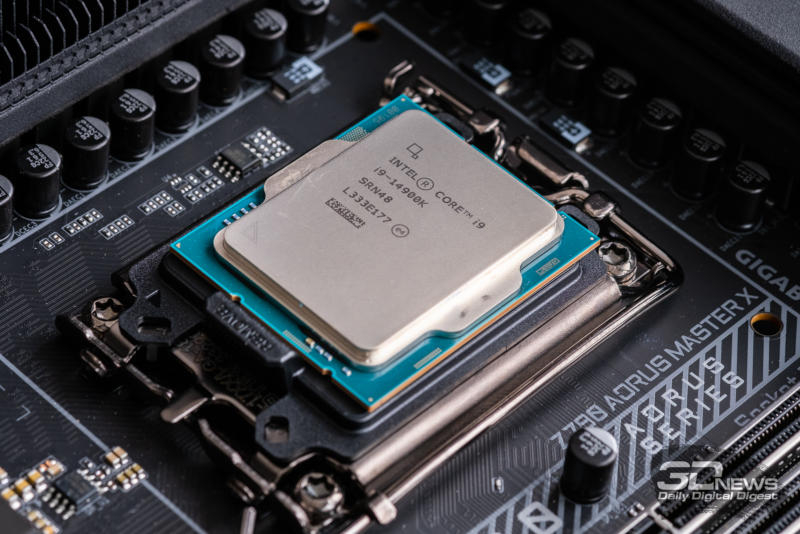Another American law firm is now exploring the possibility of filing a class action lawsuit against Intel on behalf of its clients – Kaplan Gore has announced that it is collecting complaints from owners of 13th and 14th generation Raptor Lake processors.

The problem lies in the microcode of the 13th and 14th generation Intel Core Raptor Lake processors. It allows chips to be subjected to too much voltage, causing permanent damage – causing processors to crash even at previously safe clock speeds, or to fail permanently. To remedy the situation, Intel released a microcode update and extended the warranty for all Raptor Lake family processors by two years. The extended warranty only applies to those who purchased an Intel processor separately and does not apply to customers who purchased their PC from an OEM. But even those who qualify for an extended warranty have to wait too long for a replacement.
Some owners of failed chips began to publish complaints that Intel was creating obstacles to replacing products. In one case, company representatives stated that two processors sent by a client were “relabeled,” which means that he does not have the right not only to replace, but also to return his faulty copies. But when the story went public, the company agreed to a replacement. Another customer was turned away because Intel did not accept proof of purchase of the processors. Because of cases like this, Kaplan Gore decided to intervene.
The incident would not have happened if Intel had not been chasing record clock frequencies, the Puget Systems company, which assembles PCs, told The Register. The Intel Core i9-13900K processor has a peak clock speed of 5.8 GHz, which is 100 MHz higher than the fastest AMD Ryzen 9 7950X, and in the updated Core i9-14900KS it increases to a record 6.2 GHz. But for such indicators it is necessary to increase the voltage. Meanwhile, Puget Systems customers were largely unaffected by the outages because the company manually sets Intel’s recommended power ratings when building PCs.
Motherboard manufacturers do not always adhere to Intel’s power recommendations and use their own metrics. As a result, the same Core i9-14900K, rated at 253 W, can consume all 300 W without user intervention. But with basic settings, Intel processors could look worse compared to AMD products: Raptor Lake models differ very little from the current Ryzen 7000, and a drawdown in performance could cost Intel too much.